Top Things to Know Before Buying Water Features For Your Garden
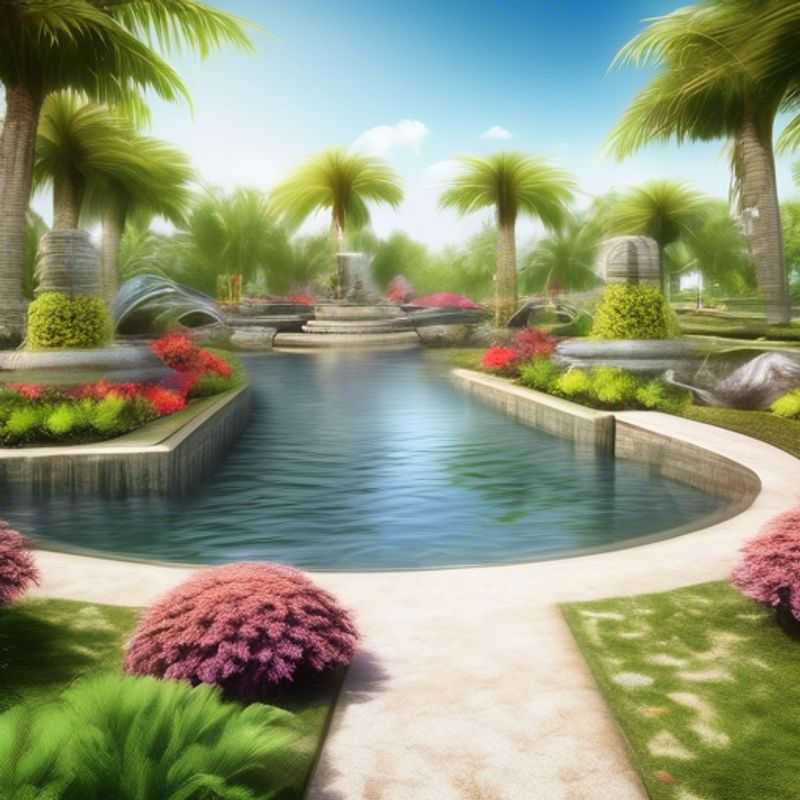
7 Essential Things to Consider Before Adding a Water Feature to Your Garden
Planning to add a touch of serenity and beauty to your garden with a water feature? It's an excellent idea, but before you dive into the world of cascading waterfalls and bubbling fountains, there are a few key things to consider. Let's explore some top tips to guide you on your journey to creating the perfect water feature for your outdoor space.
1. Size and Scale: The first step is to determine the size and scale of the water feature that will best complement your garden's layout.
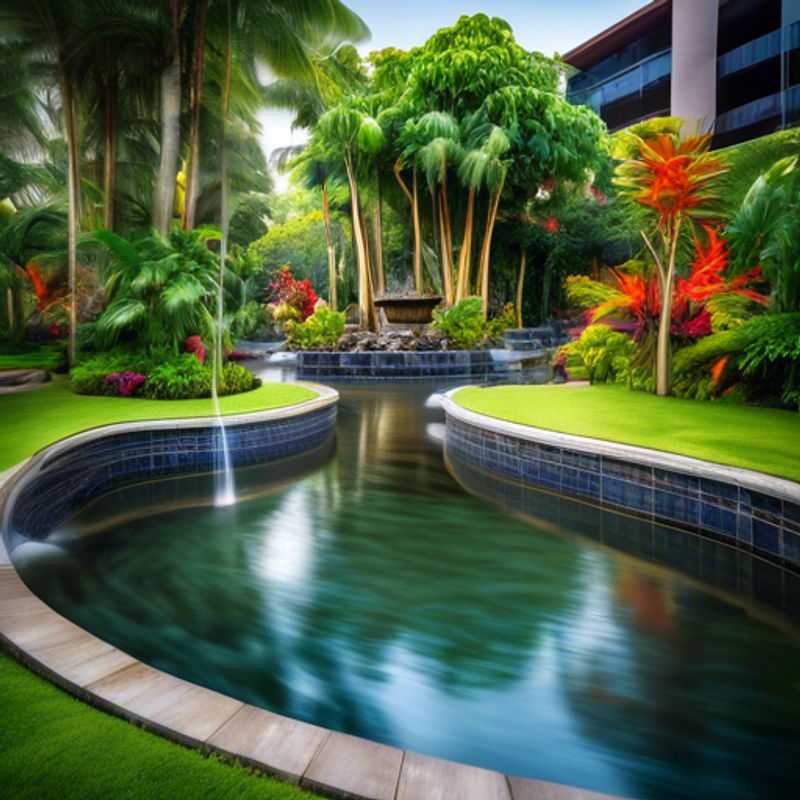
Sizing Up Your Dreams: Choosing the Right Water Feature for Your Garden
A water feature can enhance your garden's aesthetic appeal and create a calming ambiance. Before you start building, consider the size and scale of your water feature in relation to your garden layout. Think of it as a puzzle where the water feature is a key piece.
First, assess the size of your garden. A small garden might only accommodate a compact fountain or a small pond. A larger garden can handle a more elaborate waterfall or a pond with a bigger surface area. Remember, scale is crucial.
Next, consider the layout of your garden. If your garden has a lot of open space, a large water feature can create a focal point. If your garden is more intimate, a smaller feature might be more appropriate. Don't forget about walkways and paths, you'll need space to move around.
Finally, think about the style of your garden. A formal garden might call for a symmetrical fountain, while a more informal garden could benefit from a natural-looking pond. Harmony is key!
Remember, there are costs associated with water features, from materials and construction to ongoing maintenance. Get a professional estimate to get a good idea.
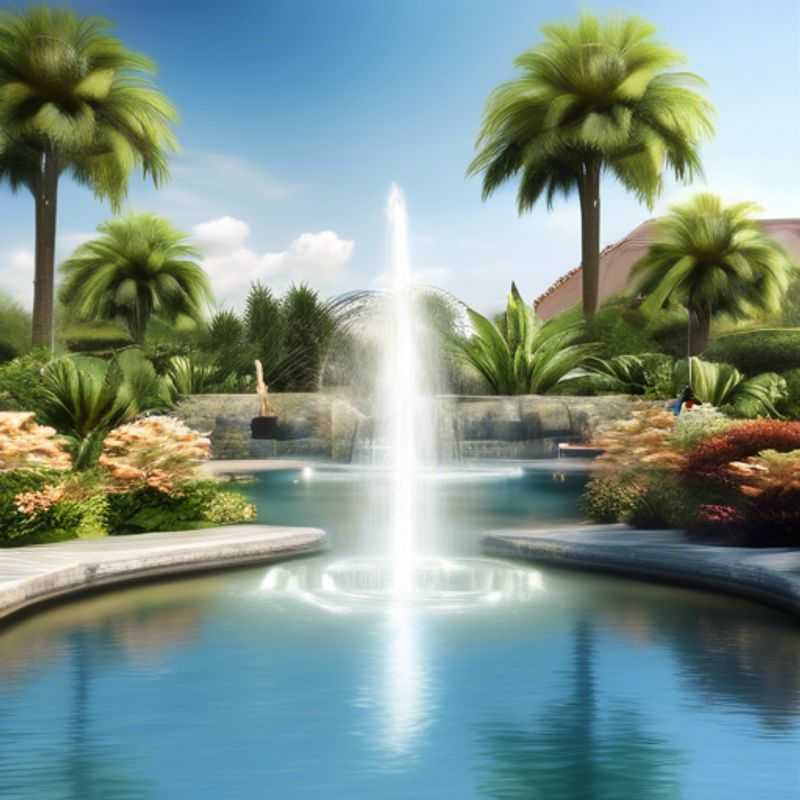
Diving into Water Features: A Guide to Types and Maintenance
Water features can be beautiful additions to any home or garden, but they also require regular maintenance to keep them looking their best. Here’s a quick guide to help you understand the different types of water features and what you can expect when it comes to upkeep.
Ponds: Ponds are the most common type of water feature. They can be created in a variety of sizes and shapes, and can be used to display plants, fish, and other aquatic life. Ponds require regular cleaning, including removing debris, skimming the surface of the water, and cleaning the filters. Pond owners may also need to test the water chemistry and add chemicals to keep it balanced.
Fountains: Fountains are another popular type of water feature. They can be made from a variety of materials, including stone, metal, and plastic. Fountains can be small and portable, or large and elaborate. Maintaining fountains involves cleaning the pump, replacing the water, and cleaning the fountain itself.
Waterfalls: Waterfalls are a beautiful and dramatic type of water feature. They can be created using rocks, stones, or other materials. Waterfalls require regular maintenance to ensure that the water flow is consistent and that the structure is stable.
Water Walls: Water walls are a modern type of water feature that can add a sleek and stylish touch to any space. They are typically made from glass or metal, and the water flows down the wall in a sheet. Water walls require regular maintenance to keep the water clean and the wall free of debris.
No matter what type of water feature you choose, regular maintenance is essential for keeping it looking its best.
Costs of Maintenance: The costs of maintaining a water feature will vary depending on the size and type of the feature. Basic cleaning and maintenance can be done by the homeowner, but more complex tasks, such as cleaning the filters, may require the services of a professional. Be sure to factor in the costs of maintenance when planning for your water feature.
Tips for Maintenance: Keep your water feature clean by removing debris regularly. Test the water chemistry and add chemicals as needed. Regularly clean the filters and pumps. Keep the surrounding area free of weeds and other vegetation.
By following these simple tips, you can keep your water feature looking its best and enjoying its beauty for years to come.
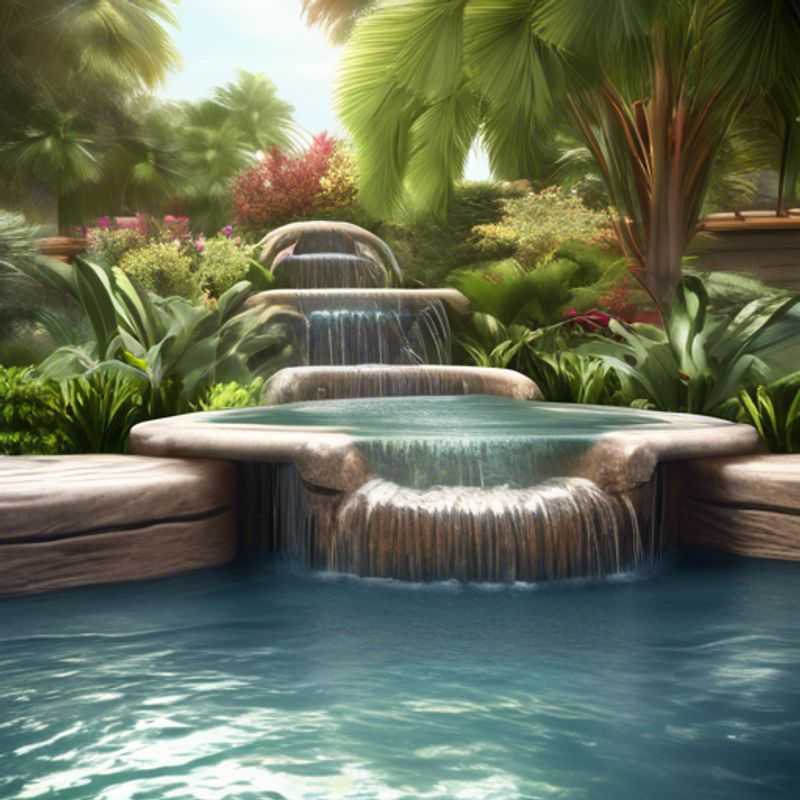
Powering Your Water Feature: Understanding Electrical Needs
Before you start building your water feature, it’s important to consider the power source and electrical needs. You'll need to determine the wattage of the pump and any other electrical components you plan to use, such as lights or misters. You can find this information on the product packaging or online.
Once you know the wattage, you can determine the amperage needed. This is important because you need to make sure your electrical system can handle the load. A qualified electrician can help you determine the best way to connect your water feature to your electrical system and ensure it's safe.
Another consideration is the type of power source you'll use. Most water features can be powered by standard household outlets, but some larger features may require a dedicated circuit. You can also choose to use a solar-powered pump for your water feature, which can be a great option if you want to reduce your energy consumption.
It's essential to consider the cost of electricity when planning your water feature. Depending on your location and energy rates, running a water feature can add to your monthly energy bill. However, you can minimize the cost by choosing energy-efficient pumps and using a timer to limit the operating time of your water feature.
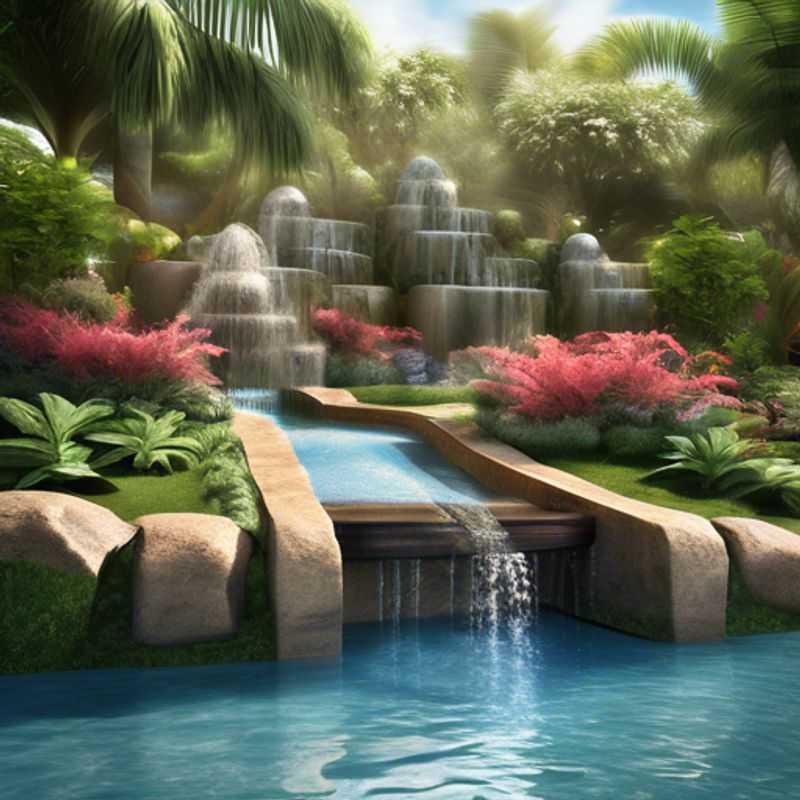
Water Feature Compatibility: Choosing the Right Design for Your Climate
Before diving into the world of water features, it's crucial to ensure they're compatible with your local climate. This means considering both the temperature and precipitation patterns of your region.
For example, in areas with freezing temperatures, you'll need a water feature that can withstand the expansion of water as it freezes. This might involve using materials resistant to frost damage or incorporating features like drainage systems to prevent ice buildup.
Similarly, in arid climates, you'll want to choose a feature that minimizes water evaporation. This could mean using water-efficient pumps, incorporating covered areas, or even opting for a smaller water feature overall.
Remember, planning ahead can save you from costly repairs and ensure your water feature thrives for years to come. If you have any doubts, consulting with a local landscape professional is always a good idea!
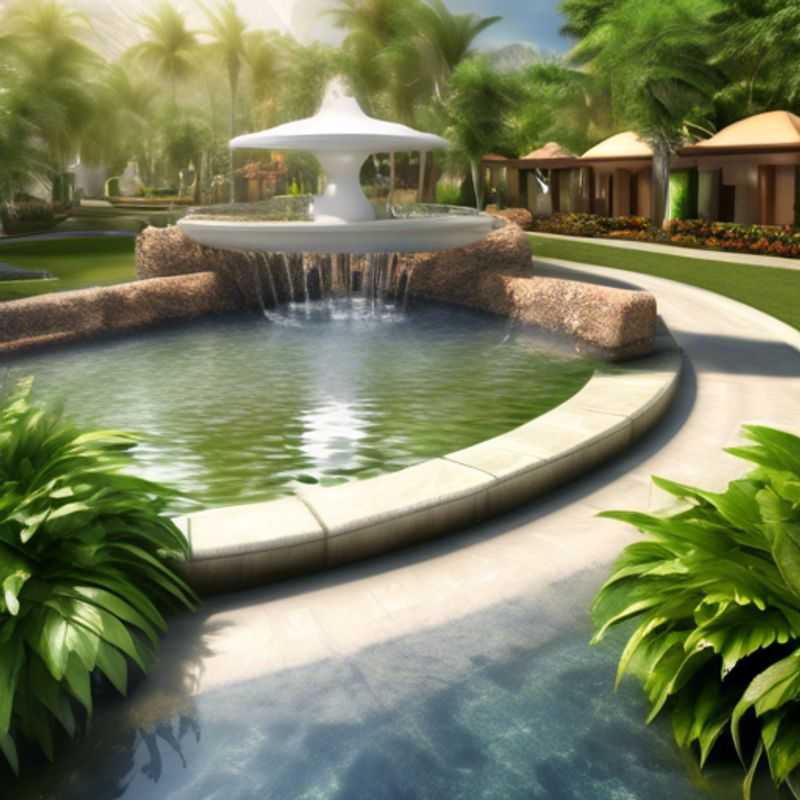
Don't Forget the Extras: Installation Costs and Permits
When planning your project, remember to factor in the cost of installation and any necessary permits or approvals. This can vary significantly depending on the complexity of your project, local regulations, and the specific requirements of your area.
Here are some important factors to consider:
Installation Costs: These costs can include labor, materials, equipment, and any specialized services required. It's essential to get quotes from multiple qualified installers to compare prices and ensure you're getting a fair deal.
Permits and Approvals: You might need permits for electrical, plumbing, or structural work. Depending on your location, these permits can vary in cost and processing time. Be sure to check with your local authorities for specific requirements.
Professional Fees: You might need to pay for engineers, architects, or other professionals to design, review, or approve your project plans. These fees can vary depending on the complexity and scope of your project.
To estimate the cost of installation and permits, you can:
Research online resources: Websites for local building departments, contractor associations, and home improvement retailers can provide estimates and guidance.
Consult with professionals: Get quotes from installers and other relevant professionals to get a more accurate estimate.
Consider potential unexpected costs: Always budget for potential unexpected costs, such as material shortages, labor delays, or changes in regulations. This can help you avoid financial surprises during your project.
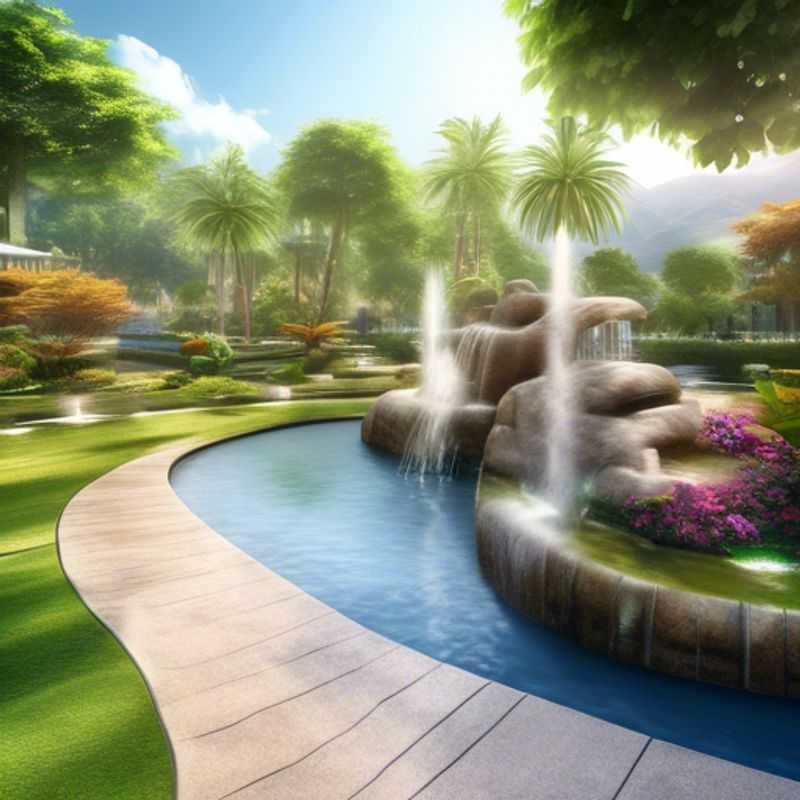
Keep Your Water Feature Flowing: A Plan for Regular Cleaning and Maintenance
A well-maintained water feature is a beautiful and relaxing addition to any space. To keep your water feature functioning properly and looking its best, regular cleaning and maintenance are essential.
Here’s a simple plan to follow:
1. **Inspect:** Check your water feature regularly for any signs of damage, leaks, or debris build-up. Look for signs of algae growth, sediment accumulation, or pump issues.
2. **Clean:** Clean the water feature's surfaces and components, including the pump, filter, and any decorative elements. Use a soft brush or cloth and a mild, pH-neutral cleaner. Avoid harsh chemicals.
3. **Check and Replace:** Inspect the pump, filter, and other components for wear and tear. Replace any parts that are damaged or worn out. This might require professional assistance and add to the cost of maintenance.
4. **Water Quality:** Ensure the water quality is maintained by testing and adjusting the pH and chlorine levels. You might need to add water treatment chemicals to keep the water clean and prevent algae growth.
5. **Winterization:** In colder climates, winterize your water feature to prevent damage from freezing temperatures. This might involve draining the water, adding antifreeze, or covering the feature.
Remember that specific maintenance requirements may vary based on your water feature's type, size, and materials. Consult with a professional for detailed guidance and maintenance plans for your specific water feature.
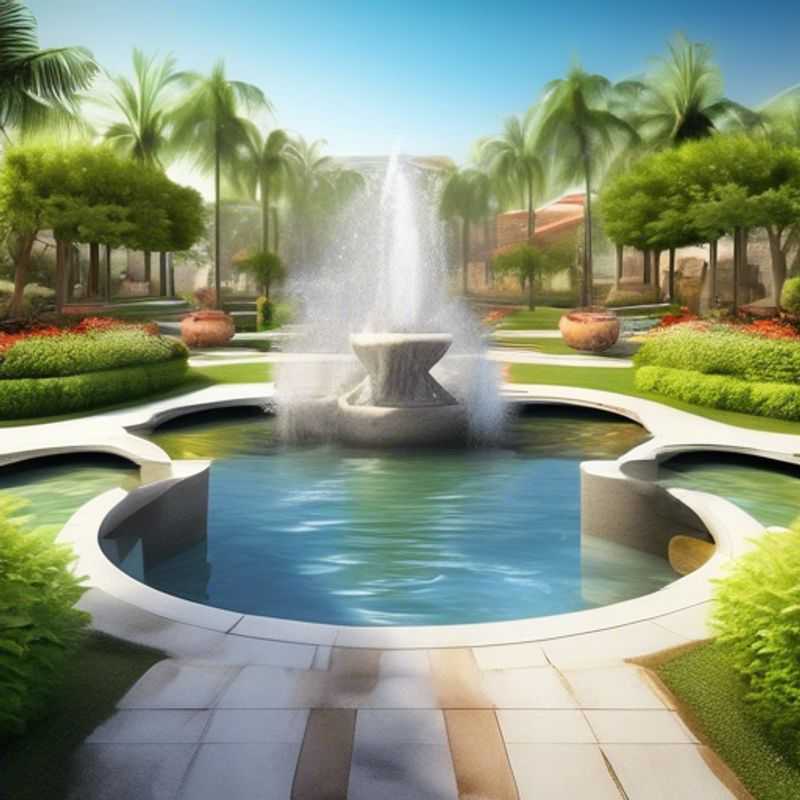
When in Doubt, Consult a Pro: Installation Tips and When to Call for Help
Seeking professional help for installation is a wise choice, especially if you have concerns or questions. It ensures a safe and effective setup. Professionals possess the expertise and experience to handle complex installations, minimizing risks and maximizing efficiency. They can also provide valuable insights and recommendations specific to your needs. Consulting a professional can save you time and effort in the long run, as they can handle everything from initial assessment to final completion. Remember, safety should always be prioritized, and a professional's guidance can help you avoid potential hazards.
Here are some key benefits of consulting a professional for installation:
• **Expert Knowledge and Experience:** Professionals have in-depth knowledge of installation procedures and best practices. They can ensure that the installation is done correctly, minimizing risks and ensuring optimal performance.
• **Safety and Compliance:** Professionals are well-versed in safety regulations and building codes. They can ensure that the installation meets all necessary standards, safeguarding your property and loved ones.
• **Troubleshooting and Support:** Professionals can troubleshoot any issues that may arise during installation. They have the expertise to identify problems and provide solutions promptly, ensuring a smooth and efficient process.
• **Warranty and Guarantee:** Professional installations often come with warranties and guarantees, providing peace of mind and protection against potential defects or failures.
If you have any concerns or questions about the installation process, don't hesitate to consult a professional. Their expertise and experience can make the process smoother, safer, and more efficient, ultimately giving you peace of mind.
